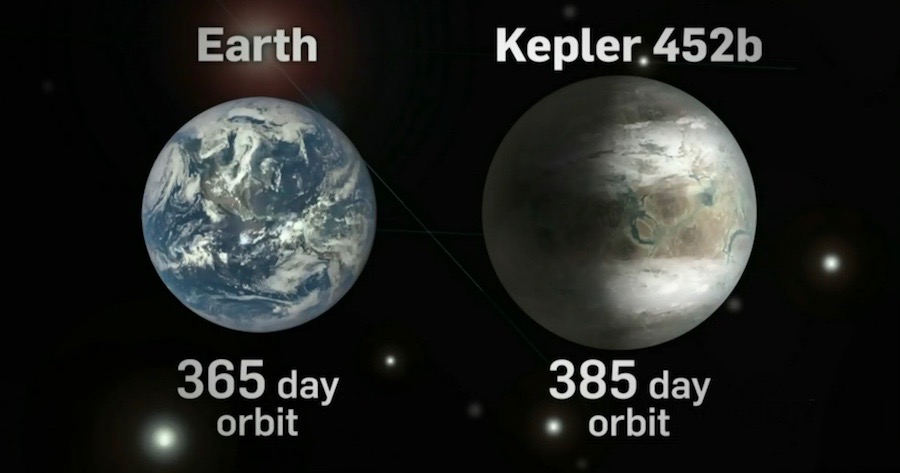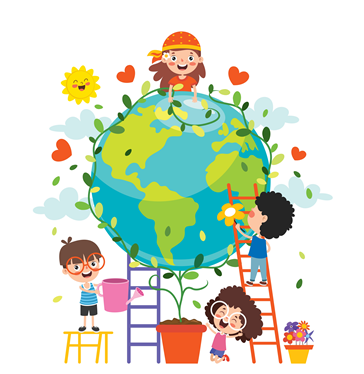World Space Week is observed from October 4 to 10 in over 95 nations throughout the world. But why is our Foundation, which is rooted in fostering the earth’s soil for the sake of future generations, inclined to celebrate this event? The answer is found in that very same question.
Peering into space provides children with important insights into current and future challenges/opportunities that have been handed down to them from generations past. We encourage you to look into the stars with your kids and students this World Space Week (and beyond) so that they can learn more about Mother Earth. Below are some ideas for how to make that happen.
Activities to Enjoy With Your Kids That Will Teach Them About Space and How We Can Make Our Own Planet More Sustainable
Grow Food That Can Grow On Mars
In the movie (also a novel) The Martian, astronaut Mark Watney (played by Matt Damon) is stranded on Mars and must figure out how to grow food to survive. It’s an educational and entertaining film for those with students/kids aged 13 and up. However, parents and educators of younger children can also leverage the concept of growing food on Mars to merge learning about space and Earth.
Teaching kids about what can grow on a planet within our solar system that is somewhat comparable to Earth is a highly engaging activity. While Mars’ atmosphere is mostly carbon dioxide and is too thin, cold, and dry for crops to grow, farming could be viable in a pressurized and heated environment that allows for required moisture, such as a greenhouse. This presents you with an opportunity to teach kids about greenhouse farming. You can start a small greenhouse in your own backyard or school garden. Tiny yet functional ones can also be introduced into a classroom setting. You can make this even more fun for the little ones by decorating the greenhouse exterior and interior with arts and crafts that make it look like the Red Planet.
While a greenhouse is one option, experts speculate that it may be far more practical to look at soil-free methods for growing nutritious food on Mars. In one of our past article’s about emerging urban farming concepts we discussed aquaponics, which is a system of aquaculture that supplies nutrients for plants grown hydroponically (without soil). It’s a farming method that has been introduced to ensure sustainable food growth as our cities and towns become more densified and urbanized. You can see how this is analogous to growing food on a planet without access to natural light and soil. Consider starting a small aquaponics garden in the home or classroom – your kids will love it!
“In light of the complexity of soil, Mars colonists may instead opt to use higher-tech soil-free methods, such as hydroponics and aeroponics. Instead of plants’ roots absorbing nutrients from the soil, the roots are immersed in nutrient-laden water (hydroponics) or in a mist of nutrient-rich water (aeroponics). The nutrient levels in the water, rather than being managed by soil bacteria, are managed electronically. These techniques have been used to grow a wide variety of plants on Earth, such as tomatoes, lettuce, potatoes, and cucumbers.” (MarsSociety.org)
Beyond alternatives to a traditional outdoor garden, take additional steps to grow one that can thrive in “otherworldly” conditions. While drought conditions are extreme on Mars, you can still reference this climatic concern to teach kids about how to grow vegetables with little to no precipitation. To help, we have provided a guide for how to plant a drought resistant garden. Cold weather is also a massive challenge to growing food on Mars. While surface temperatures may reach a high of about 20 °C, the Red Planet’s lows dip down to −63 °C at the equator. Gather around with your kids and create a plan to plant crops that thrive in cold climates.
Plan a Mission to Keep Earth from Becoming Venus
Houston, we have a problem. Or should we say “Earth”? Mars may be closer to us, but NASA suggests that Venus was once far more comparable to Earth, and may have been habitable. Earth and Venus are considered to be “sister worlds,” as they share a similar size, mass, and bulk composition. Scientists have also speculated that Venus once had waterways, as well as plate tectonics and a stable, temperate climate. Additional studies indicate that Venus’s climate may have been more stable than early Earth’s. So why aren’t we taking field trips to the planet today, fuel prices aside?
Science points to climate change, hypothesizing that a greenhouse effect warmed Venus’ surface, evaporated live-giving water and oxygen, and ultimately created an inhabitable ball of fire. Whether fact or unproven hypothesis, there is a clear lesson to be learned. Launch a “Venus Prevention Plan” with your kids that will reduce your household’s or school’s carbon footprint. While you already have some sort of recycling, repurposing, and composting program in place, your kids will be more motivated than ever when you tie-in an astronomical theme!
Explore Kepler-452b

Source: CTV News
While we’re taught that Mars (present) and Venus (past) are most like Earth, there is a planet far outside (1,400 light-years) of our solar system that is more similar. It’s not-so-catchy name is Kepler-452b. Discovered in 2015, Kepler-452b is about the same size as Earth and is found in a Sun-like habitable zone, which is an orbital region where a planet could possess liquid water on its surface and possibly support life. Assemble with your kids and check out this SPACE reference guide on Kepler-452b so that they can learn about what makes it comparable to Earth, and how it could sustain crops. A fun follow-up activity may include creating a colorful mural about what a self-sustaining colony (complete with gardens/farms) could look like on Kepler-452b. Children could also let their imaginations run wild and write short stories about what school would be like on the planet, which will be a blast for you to read!
Do you have any ideas of your own for how teaching your kids about space can translate to protecting their own planet? We would love to hear about them! Connect to the Plant a Seed & See What Grows Foundation on Facebook and Twitter and tag us with your stories.







